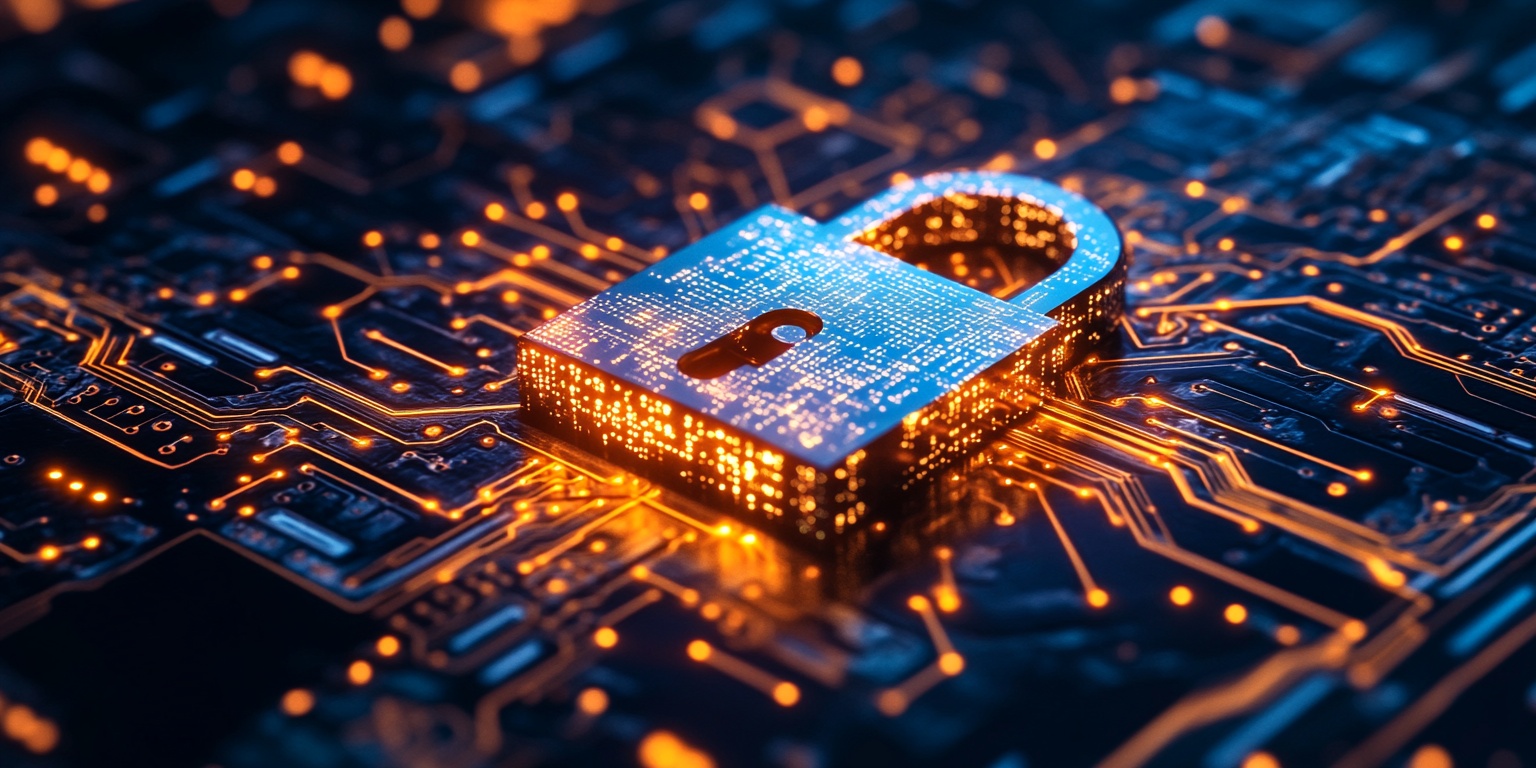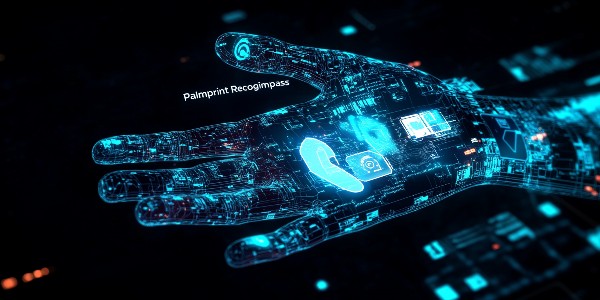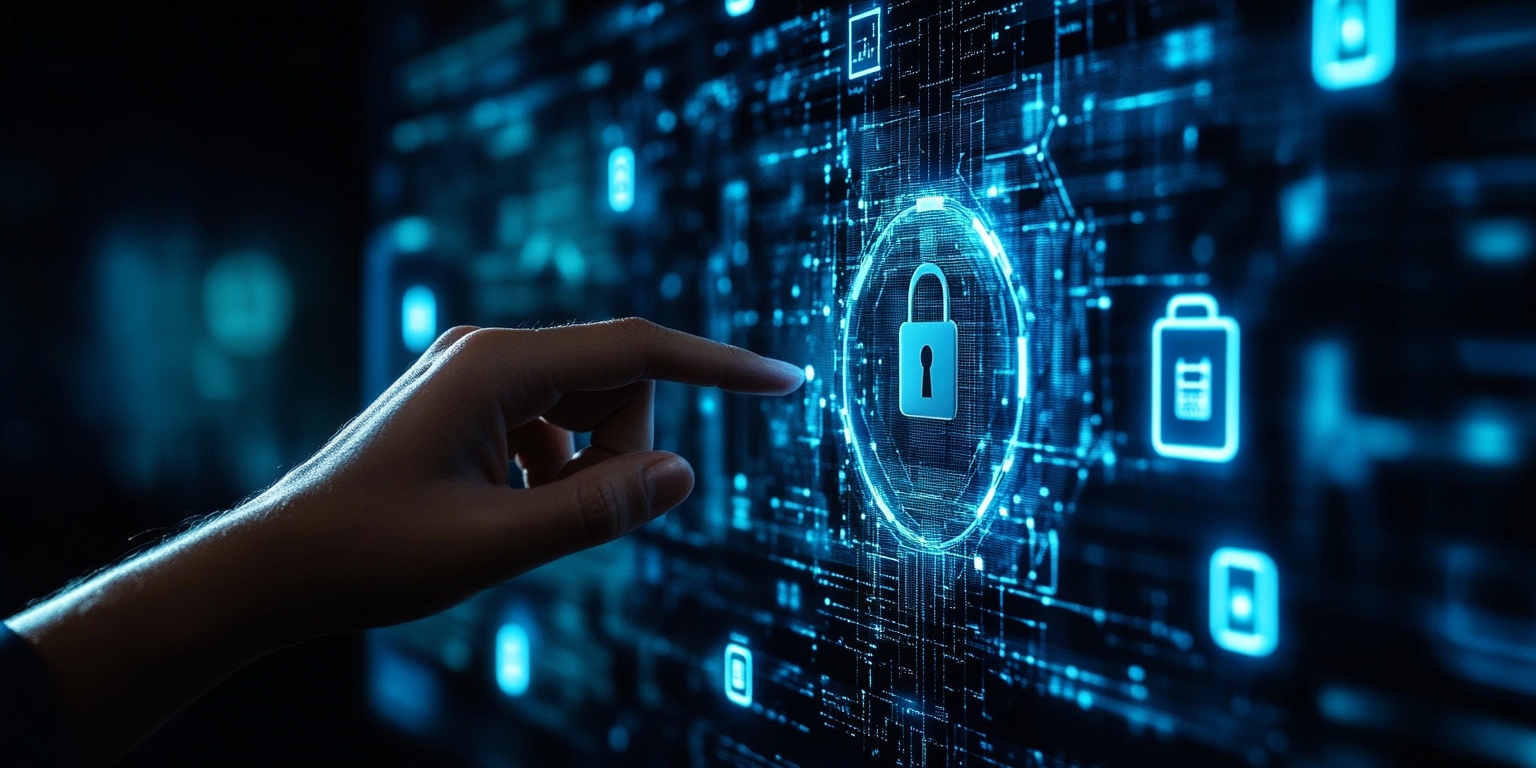The Power of Palmprint Recognition: A New Era in Biometric Security
Learn how Palmpass uses advanced palmprint recognition and palm vein scans to revolutionize biometric security. Discover the benefits of non-invasive, accurate, and secure authentication systems.
Biometric technology continues to advance, offering more accurate and reliable methods of user authentication. One of the most promising technologies in this space is palmprint recognition, which utilizes the unique patterns found in an individual's palm for identification. This cutting-edge solution provides enhanced security, particularly in high-risk environments where traditional methods fall short. Palmpass, a leader in biometric innovation, has integrated palmprint recognition into its advanced security solutions, making authentication seamless and secure.

What is Palmprint Recognition?
Palmprint recognition works by capturing the distinct patterns, ridges, and lines on the surface of a person’s palm. Each individual’s palmprint is unique, much like a fingerprint, but it offers a larger surface area for analysis, which results in higher accuracy. By scanning and storing this biometric data, systems can easily verify an individual’s identity, ensuring that only authorized personnel gain access to secure areas or sensitive information.
At Palmpass, we believe in the power of palmprint recognition to revolutionize the security industry. It’s an excellent solution for businesses, financial institutions, and healthcare centers looking to enhance their security protocols without compromising convenience.
Palm Vein Scans: A Complementary Technology
In addition to palmprint recognition, palm vein scans are another biometric solution that’s gaining traction. This technology involves scanning the veins inside the palm to create a unique identifier based on blood vessel patterns. Unlike fingerprints or palmprints, veins are located beneath the skin, making them difficult to replicate or spoof.
Palm vein scans are often used in conjunction with palmprint recognition to create a more secure, multimodal authentication system. By combining these two methods, organizations can ensure that they are using a layered approach to security, further reducing the chances of unauthorized access.
One popular location known for its expertise in vein-related technology is the Vein Center of the Palm Beaches. This medical facility is recognized for its work in vascular health, and while it primarily deals with medical vein issues such as a swollen vein in the palm, the technology used for scanning veins in the palm also applies to biometric security.
Addressing Security and Health with Palmprint Technology
While palm vein scans and palmprint recognition are mainly used for security purposes, they have broader applications in health monitoring. Conditions like a swollen vein in the palm can indicate health issues such as vascular complications or underlying conditions. Although the Vein Center of the Palm Beaches focuses on medical care for vein issues, the technologies used in both the medical and security fields often overlap, showcasing the versatility and potential of palm-based scans.
When it comes to security, palmprint recognition is proving to be a game-changer. At Palmpass, we continue to innovate by combining these biometric solutions with advanced digital security systems. By integrating palmprint and palm vein scans, organizations can protect their valuable assets with a dual-layer security system that is both user-friendly and exceptionally difficult to bypass.
Why Palmprint and Palm Vein Recognition Matter
There are several advantages to using palmprint recognition and palm vein scans in security systems:
High Accuracy: The complexity of both the palmprint and the vein structure in the palm ensures that each scan is highly accurate and nearly impossible to replicate.
Non-Invasive: These methods are contactless, offering both hygiene benefits and user convenience by eliminating the need for physical contact during the scanning process.
Difficult to Spoof: Vein-based identification adds an extra layer of security since veins are located beneath the skin, making it almost impossible for criminals to create a fake version.
Multimodal Authentication: By combining palmprint recognition with palm vein scans, organizations can implement a multi-layered security system, reducing the chances of fraud or unauthorized access.
Conclusion
As technology continues to evolve, biometric security will become an integral part of our daily lives. Palmprint recognition and palm vein scans represent the next step in this evolution, offering enhanced accuracy, convenience, and security. At Palmpass, we are committed to delivering cutting-edge biometric solutions that meet the growing demand for secure and reliable authentication. With the integration of these technologies, businesses can protect their assets, sensitive data, and personnel more effectively than ever before.










